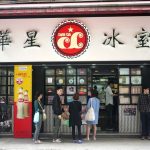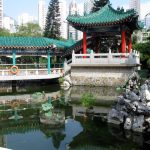Guides for First-Time Travelers to Hong Kong
Planning to spend a few days in Hong Kong on a shoestring budget? Yes, it’s possible. For every ultra-expensive hotel room that boasts of paranomic views of the city, there’s a cheap little corner somewhere. It won’t hurt, though, to treat yourself with some of the best the city can offer. What’s important is that you enjoy your first visit. Here are some guides for first-time travelers to Hong Kong that you will find helpful!
1. Planning your stay
Hong Kong is not a big place to go around compared with New York City, Los Angeles or Tokyo. With signs generally in Chinese and English, visitors even with little map skills should have no problem getting through the city. And while the relatively small size of the city comes as a relief for those afraid of getting lost, it’s also a concern that every square feet come at a premium. Hong Kong’s accommodation is among the most expensive. However, there are cheaper options on the traditional hotel booking – AirBnB, guesthouses or short-term bed spacers for the ultra-cheap ones.
2. Choosing your hotel
Generally, hotels are found in Hong Kong island and Kowloon. There are also those in New Territories have begun to spring up as demand for hotel rooms have picked up over the years. Here are some guides for first-time travelers to Hong Kong to help you choose your accommodations during your stay.
– If you plan to visit Hong Kong Disneyland, Ngong Ping 360 or Ocean Park – staying in Kowloon is a safe bet because it’s in between these attractions. For starters, Disneyland and NP360 are closer to the airport so if you only choose these options, staying close to the airport – or book a room inside Disneyland – is a good choice. However, there are only a few choices for hotels close to Hong Kong International Airport and likely they’re likely quite pricey as well.
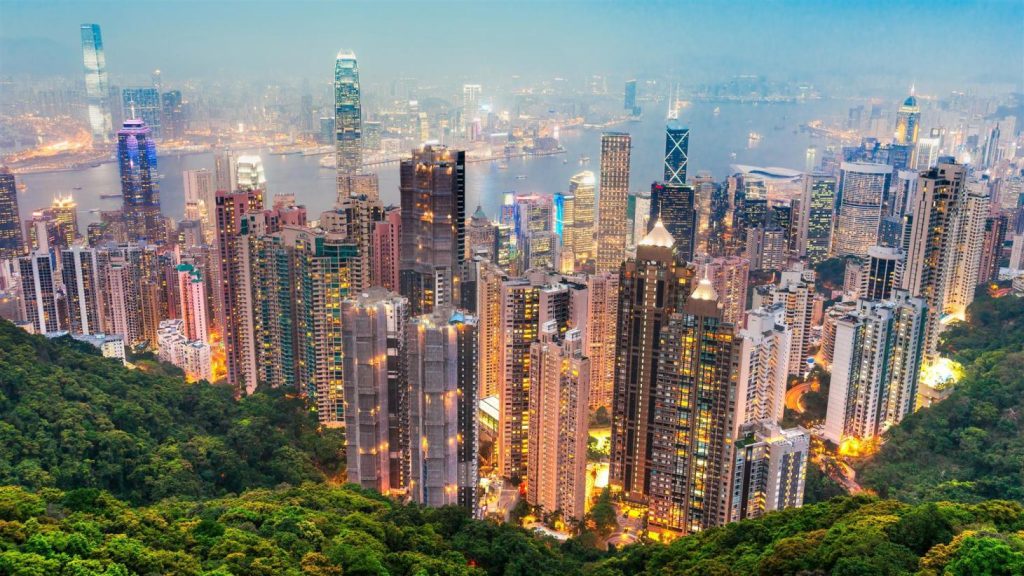
– You don’t have to be too concern about the distance from your hotel and commonly visited attractions within Hong Kong as they are often within an hour’s travel time.
– If you are into city sightseeing and prefer to do walking as a significant way of going around, consider staying at hotels close to the MTR stations. They offer convenience and saves you time but they are also generally more expensive. However, smaller inns and guesthouses that offer low rates, such as Chungking Mansions in Tsim Sha Tsui, are also located close to subway stations.
– It’s understandable to find a cheap accommodation and spend the rest of your allowance on experience (riding the cable car or enjoy harbor views via the ferry) but it pays to be safe in Hong Kong. Do not stay at unlicensed guesthouses. One obvious question one might ask is how to find out if an accommodation is legit or not. Under Office of Licensing Authority, you can verify if the guesthouse is legally operating using its search facility. You can also search for address, district or how many rooms if you have specific requirements. Also, the Home Affairs Department launched the mobile application “Hong Kong Licensed Hotels and Guesthouses” which you can search on App Store or Google Play which may come in handy.
3. How to judge hotels and accommodations
Just because they are licensed does not mean they are suitable for all types of travelers. For backpackers sometimes no hotel bookings are made before they arrive in Hong Kong. So what happens is that they may have a list of guesthouses to visit and evaluate before settling in during their stay in the city. Here are some very good guides for first-time travelers to Hong Kong on booking for these facilities:
– See the room. Have a feel of the location. Does it answer your question: is it safe? Is it clean? Can I sleep at night?
– Check the pipes in the toilets. Is the heater working properly? For winter months this is essential.
– During hot summer nights, check the air con unit. Does it work? Does it emit clean air or in bad shape that needs thorough cleanup?
4. Recommended accommodations
There are so many hotels and guesthouses in Hong Kong, ranging from claustrophobic squeezed “sardines” layout to spacious, luxury rooms with harbor views. The difference, of course, is the price. And if we’re talking about budgets, premium accommodation often does not come into the question. Most of the cheapest hotel accommodations are found in Tsim Sha Tsui area which is quite accessible to Mong Kok’s night market, Avenue of the Stars and Symphony of Lights plus several museums and a well-connected public transport system.
There are many signs that say “Boarding Houses: For short stay visits or tourists”. Some of these are typically boarding houses, places where stay out domestic helpers (yes, some of them don’t stay in their employers’ houses because they have no more space or want more privacy at night time). So to make more money, and avoid wasting an unoccupied bedroom, some owners/tenants sublet these rooms. These are probably the cheapest way to stay in Hong Kong. However, Hong Kong has laws forbidding residential buildings or unregistered premises to be used as lodging houses. Also, there’s been cases about losing valuables in the luggage while guests are outdoors. So in short, one of the guides for first-time travelers to Hong Kong is that you should say no to these boarding houses, to play safe.
5. Transport Options
Airport Express
Unless you are in a hurry for an appointment, there’s no need to take the Airport Express. The reason is that while it brings you from the airport to the Central Business District in no time (actually about 24 minutes), it is bloody expensive at HK$110 one way using Octopus Card or HK$115 using Smart Ticket. You might also miss the glimpse of a better view of a couple of majestic bridges, huge container port an residential buildings along the way. Those who wish to take the Airport Express can avail of a heavily discounted online offer at Klook.com. For example, you only pay HK$72 instead of HK$115 for a trip from the airport to Central Station (or vice versa). Instead of being issued ticket, you will get a special code which can be accessed via your mobile phone and pass through special lanes upon entrance or exit.
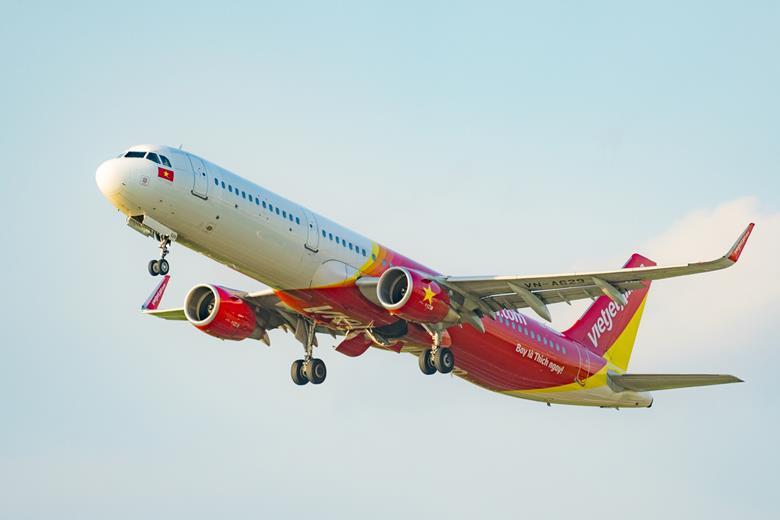
Octopus Card
It is advisable to get an Octopus Card before leaving the airport. This card is a prepaid card loaded with cash value and used to pay a number of merchants, but primarily used to pay for transport rides. A counter can be found at the arrival hall. One Octopus Card costs HK$150 with HK$100 value and HK$50 card deposit. You can use this card to pay the bus or subway (not the taxi), parking meters, McDonald’s meals, and a few others. You can reload Octopus Card value at MTR stations or convenience stores such as Circle K or 7-Eleven outlets. And when your journey in Hong Kong is over, you can always get back the HK$50 deposit (minus HK$7 handling fee if you used your card for less than three months).
Airport Bus
If you have your backpack plus luggage, taking the Airport bus is a good option especially if your hotel is close to the bus stop. A bus ride cost ranges between HK$20 to HK$45 one way, depending on the distance from the airport. Fare from the airport to Hong Kong island costs more than to Kowloon. These buses are custom-fit with upholstered seats to stimulate (or at least try to look the same way as) flying an airplane. These buses can easily be found outside the Hong Kong International Airport premises. There are also cheaper buses plying from the airport with prefixes E (examples: E21 and E11). These buses take a longer time to reach their destinations because they have more bus stops and are also aimed at accommodating airport workers.
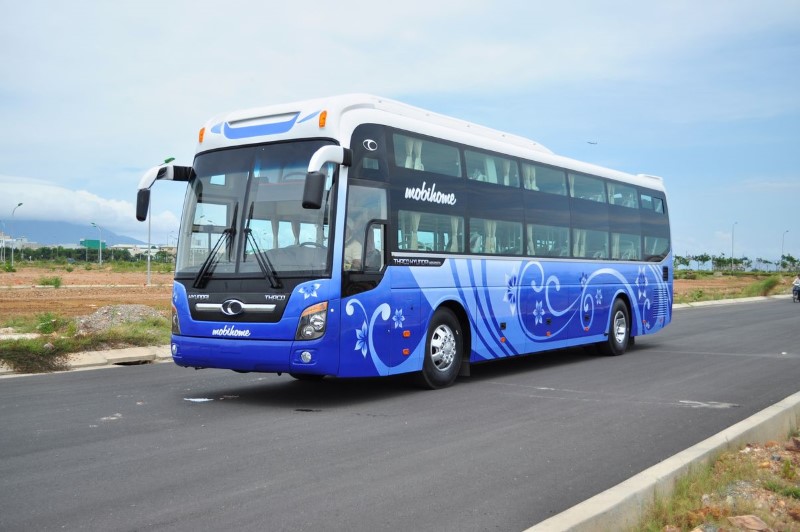
Travel by bus
Taxis & Vans
Taxis and vans are also common in the area but for budget tourists, these are not necessary. In case the need arises, you can find taxi queues near the parking lot. Sometimes taxis can be more practical especially if you are a party of four or five (Hong Kong taxis have 4 or 5 passenger capacity) and carry luggage (taxi drivers charge for each bag).
One of the guides for first-time travelers to Hong Kong is that you can try Uber for transportation. Uber operates in Hong Kong so it is possible to make a booking as you arrive at the airport. You’ll just need to be at specific area: form Arrivals Hall A, turn left after exiting the terminal and proceed to the Regal Airport Hotel Car Park. From Arrivals Hall B, turn right as you exit the terminal and continue to Car Park 1.
6. Internet and Wifi access
– Hong Kong International Airport is equipped with free wifi connectivity with indefinite access so simply enable your smartphone to avail of the free service.
– It is possible to buy data plans for short-term visits. At the arrival hall, you will find CSL and China Mobile shops where you can purchase the prepaid data plan.
– Hong Kong has plenty of facilities that offer wifi connections. Among them are public libraries, parks, shopping malls and even the airport bus.
7. Communicating with Hong Kong locals
Negotiating for a venue to spend the night and rest may not be your first foray of talking to locals who may not be good at English. But certainly, this is one of the most challenging ones. Here are some guides for first-time travelers to Hong Kong when speaking to them:
– There is no need to be fluent in talking in English.
– Speak slowly.
– Use simple English terms.
– Follow up with action if words can’t explain.
Below are some useful Cantonese phrases:
– ngóh msìk góng gwóngdùngwá (I don’t speak Cantonese)
– mgòi (excuse me)
– jou san (good morning)
– nigo géido chín a? (how much is this?)
– sáisáugaan hai bindouh a? (where is the toilet?)
Honestly, as a tourist you don’t have to really learn the Cantonese language, many locals understand and speak English well.
8. Eating out
– Assuming you had a good night sleep or spent late night settling in, you ought to wake up at 8:30 am, have a shower and have breakfast at 9. Some guesthouses offer them, but if they don’t, cheap eats are numerous in the morning. Yoshinoya, KFC, Café de Coral, McDonald’s and Fairwood have breakfast menu items that cost cheaper than lunch or dinner.

– If you prefer more Chinese menu with some Western flair, then you can visit Café de Coral. If you crave for rice in the morning, Yoshinoya has chicken and beef rice options. A typical breakfast may consist of toasted bread, fried noodles, milk tea or coffee, pancake, roast pork or sandwich. It’s good to try local food, although you can stick to your usual meals especially those who can’t tolerate eating new types of food.
– Lunch or dinner menus are slightly different but you’ll have more to choose from. Chinese restaurants have the Chinese menu and may have difficulty in talking in English.
Find out more about tips for travelers to Hong Kong here.














